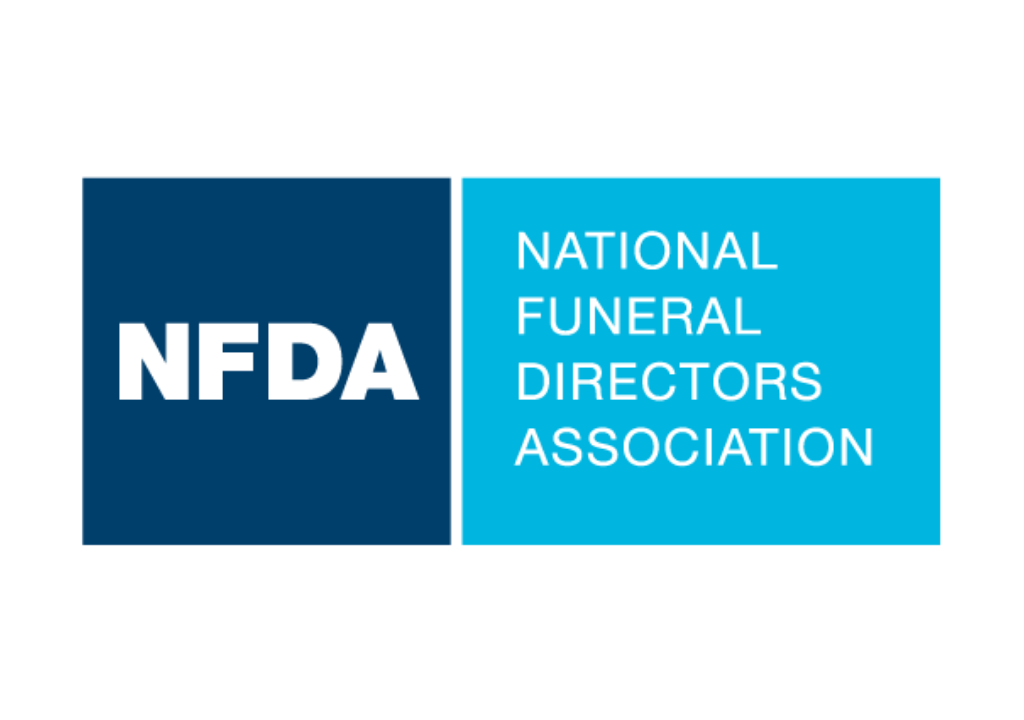Funeral Webcasting Addresses a Major Void for the Grieving
Guest article contribution from One Room.
One Room works with professionals across all industries to ensure that we are at the forefront of the evolution of the death care industry.
“The life of the dead consists in being present in the minds of the living” – Cicero
Rituals of mourning are changing. Communities live farther away and further apart from each other than ever. The way we communicate with each other has changed, and continues to evolve at a rapid rate. Often, it can feel hard to keep up.
Some things, however, change more slowly. Until very recently, the obituary section was one of the most widely read parts of the newspaper. Not only is this a way to inform people with details about the person’s death, it becomes a medium through which to discuss their accomplishments as well as note the survivors of the deceased.
The form and function of the obituary have also changed in recent years. Online social forums have extended the potential reach of traditional obituary information as well as increasing exponentially the amount of information (and indeed potential misinformation) on the dead. Facebook and other social networks are now important forums for the representation of and space for mourning. Online rituals enabled through social networks may have a powerful role to play in enabling and empowering individuals who can be marginalised by traditional forms of memorialisation. These can include those relatives who are far away, in geography and/or time zones, or who do not have the economic resources and/or time to travel to traditional forms of grieving rituals such as a funeral.
Research seems to indicate that funerals have changed from what could be described as celebrations to displays of stoicism, where it seems more important to hide emotions rather than to join with others in displaying them. Therefore, online memorialising can be viewed as an important new form of expression, especially with its more public dimensions (as well as more private feats of social networks).
A more traditional model of grief (e.g. Freud, 1917) suggests that the purpose of grief is to return an individual to a more stable state where one can leave the deceased behind, and move forward with life – a more ‘farewell’ model of grieving. The model goes on to describe that the grieving moves through stages of anger, guilt, depression and sadness. Newer models of grief (e.g. Warner, 2006), purport that the purpose of grief is of constructing a biography of the deceased that can be integrated into the ongoing lives of their survivors. Through communicating with others who knew the deceased and in sharing this knowledge through online networks, a biographical account can be co-created that allows survivors to move on and memorialise each survivor’s ties and importance to the deceased.
Online memorials started appearing in 1995, at about the same time that the graphical interface known as the World Wide Web came into common use. Research seems to show that the model of grieving that these online memorials seem to represent has more in common with non-Western models of grieving than Western ones (Chang and Sofka, 2006). In many Asian and African cultures for example, the dead are remembered and included in the daily activities of survivors. Setting out a place for dinner for a deceased loved one may seem somewhat strange in the West, but the concept of writing about them in an online space is increasingly acceptable, and becoming more common; for example, stories, obituaries, and blogs that detail their lives and how they died.
There is comparatively little written, however, on online bereavement, and how geographically and temporally disparate communities may be brought together to work through their grief. According to the model put forward by Warner (2006), the idea that online broadcasting, archiving, sharing and elaborating can enable and empower us to fulfill the purpose of grief is a potentially useful one. Such activity can help to bring about a story of the deceased, to help to create a biography that can be integrated into the ongoing lives of the survivors, near or far. Given that our online presence is playing an ever more central part in our lives, perhaps it should not surprise us that it can, and most likely will, play an increasingly more central role in death too. Recent research by Carrol and Landry (2010) reports that expressions of personal grief on MySpace and Facebook indicates both personal and communal purposes for those sites in the grieving process, and as an aggregate they can form an important narrative of, and for, a person’s life and legacy as a type of public memory. Castle and Phillips (2003) underline the importance of reminiscing and the inclusion of others to reduce a sense of alienation that can be experienced during grieving, involving the interaction with, and reintegration into, a social group of survivors. Online broadcasting and commemorative spaces opens up another possible channel for reducing this potentially corrosive and persisting sense of alienation for those who may feel themselves distant from the deceased, and who wish to close that gap, or potentially heal fractured relationships.
These changes in modern society regarding how people engage in grieving are not however without its challenges. Even in 2002, Emke talks about the tightrope that funeral directors felt they had to walk in introducing new ideas yet trying to be respectful of and maintaining the old ones. In this sense, funeral directors take a key gatekeeping role where there is sense of lamenting the loss of ritual for new practices that are seen as fashionable. Emke goes on to describe an example of A Life to Remember, a videotape solution to the idea of personalisation of funerals, also ensuring a point of difference that would make a funeral business the business of choice for that community. There is a tension here that may be experienced by funeral directors – the tension that by selling a product that they do not see as ‘necessary’ that they may be perceived as being driven by material interests. This is another tricky tightrope to cross. Emke goes on to quote another example where an official described how it was, ‘unethical to over-sell to a family, but also unethical to under-sell to a family. If they cannot afford the merchandise, and would be helped by purchasing it, then a family should not be told that they do not ‘need’ it. It is not up to funeral directors to decide what families do or do not need (p.281).’
Traditional funeral directors may feel that they have a duty to educate families on the values of a funeral ritual. The rhetoric and practice around funeral ritual, however, is changing. In the changing era of secularisation and global mobility, the ability for funeral directors to adapt to new consumer needs, demands and requests will be a significant measure of their levels of professionalism. The bereaved will continue to find meaningful ways to mark the deaths of their loved ones. It is up to funeral directors to help to meet their needs.
About Author
Dr Sarb Johal is a Clinical Psychologist, Health Psychologist, and Associate Professor in Disaster Mental Health at the Joint Centre for Disaster Research (GNS Science / Massey University), based in Wellington. He has held roles in Government Service in both NZ and the UK including Senior Advisor to the Emergency Management Team at the Ministry of Health (NZ), Principal Advisor to the Ministry of Youth Development (NZ), and Private Secretary to the Minister of State for Health in the Department of Health (UK)
References
Carroll B. & Landry K. (2010). Logging On and Letting Out: Using Online Social Networks to Grieve and to Mourn. Bulletin of Science, Technology & Society 30: 341-349.
Castle J. and Phillips WJ. (2003). Grief rituals: Aspects that facilitate adjustment to bereavement. Journal of Loss and Trauma, 8; 41-71.
Chang, C., & Sofka, C. (2006). Coping with loss in Chinese and North American “cyberspace” communities: E-temples and virtual cemeteries. The Forum, 32(4), 7.
Debatty, R. (2007, March). Ashes to ashes, data to dust. Art Review, p. 130.
Emke, I. (2002). Why the sad face? Secularization and the changing function of funerals in Newfoundland. Mortality, Vol. 7, No. 3, 2002.
Walter, T. (2006). A new model of grief: Bereavement and biography. Mortality, 1, 8.




